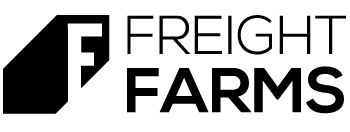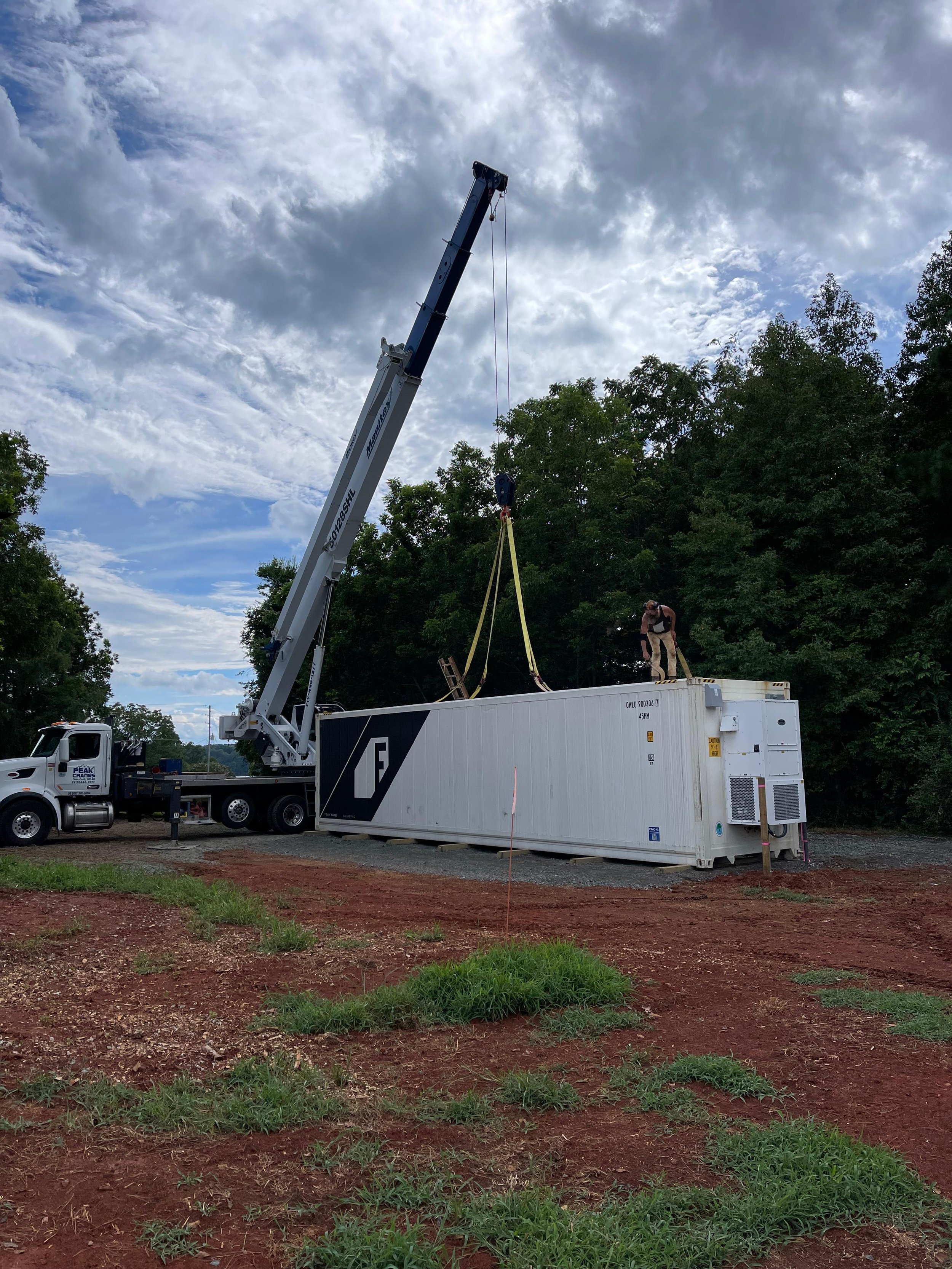How Much Does it Cost to Ship a Container Farm?
Shipping a container farm might not be something most people have experience with, but when you're planning to bring a Freight Farm to your site, it's one of the most important details to understand. The cost of delivering a container farm depends on a variety of factors: where you’re located, how accessible the site is, and even what time of year it is.
While there’s no flat rate for delivery, this guide will walk you through the main drivers of cost, give you ballpark price ranges, and help you plan for a smooth, cost-effective delivery.
Why Container Farm Shipping Is Unique
Freight Farms are delivered as fully built, production-ready units. That means they’re shipped as a single load on a specialized trailer called a stepdeck, which accommodates the height and weight of the farm. Each farm is delivered one at a time, no shared loads, no cross-country warehouse handoffs, and no typical freight carriers like UPS or FedEx.
Because of this, container farm delivery is more like heavy equipment shipping than standard logistics. In most cases, a crane is required to offload the farm from the truck and place it onto a prepared foundation at your site.
Key Factors That Affect Shipping Costs
There’s no one-size-fits-all answer when it comes to shipping costs, but there are a few consistent factors that influence the rate:
1. Location
Remote or hard-to-reach areas cost more to deliver to. In our experience, most drivers prefer deliveries near major freight corridors, ports, or urban centers where they can easily pick up their next load.
2. Route Appeal
Owner-operators (the most common type of driver for these shipments) choose loads based on how appealing the route is. If a delivery location isn’t near a good pickup zone, the rate will likely be higher to compensate.
3. Seasonality
Spring, summer, and the holiday season are peak times for shipping. Stepdeck trailers are also in high demand during these periods due to construction and agriculture work, which use similar equipment.
4. Delivery Complexity
Deliveries that involve tight corners, narrow roads, or dense urban areas can discourage drivers or increase the rate. Simple, straightforward deliveries are of course more cost-effective.
5. Lead Time
Short notice can limit available trucks and increase costs. More lead time = more options and more competitive pricing.
What’s the Average Cost to Ship a Container Farm?
We’re often asked for a general number, and while every shipment is different, here's what we typically see:
Average Rate: Around $4.50 per mile
(Please note: this is a ballpark, not a quote.)High-End Deliveries: Remote or complex sites (like Long Island or rural mountain towns) can cost as much as $10+ (USD)
Local Deliveries: Even for short hauls, the minimum rate is often $800 or more, many drivers won’t accept loads for less due to time and fuel
Long-Haul Routes: Cross-country deliveries can be more affordable on a per-mile basis because they keep drivers on the road longer
Offload Costs: What to Know About Crane Services
The cost of offloading your Freight Farm isn’t included in the trucking rate, it’s handled separately, usually with a local crane service at the delivery site. Crane costs can vary widely based on:
Size of the crane needed (larger lift = higher cost)
Distance the crane crew needs to travel
Site accessibility (tight or obstructed sites may require specialized equipment)
Crew requirements and hourly minimums (often 4 - 8 hours)
Since every site is different, our team will help you understand what to expect based on your location and delivery plan. We’ll walk you through the process and help coordinate with a local crane provider to ensure everything runs smoothly on delivery day.
How to Keep Delivery Costs Down
There are a few ways to potentially make delivery more efficient - and more affordable:
Plan Ahead
More lead time gives us more options for freight and crane coordination.
Choose a Site With Easy Access
The best-case scenario is a wide, open area where the truck and crane can park side by side next to the drop site.
Avoid Common Obstacles
Overhead powerlines, soft or uneven ground, narrow gates, and tight corners can complicate delivery and raise the cost.
Communicate Your Timeline
If you have a hard deadline (grant funding, ribbon cutting, event), let us know early so we can align logistics accordingly.
Final Thoughts: Transparency Helps Everyone
Shipping a container farm is a complex process - but we’ve done it hundreds of times, all across the country (and beyond). While delivery costs vary, our team is here to guide you every step of the way and help you avoid surprises.
Clear communication and early planning go a long way in making delivery day smooth, safe, and cost-effective.











